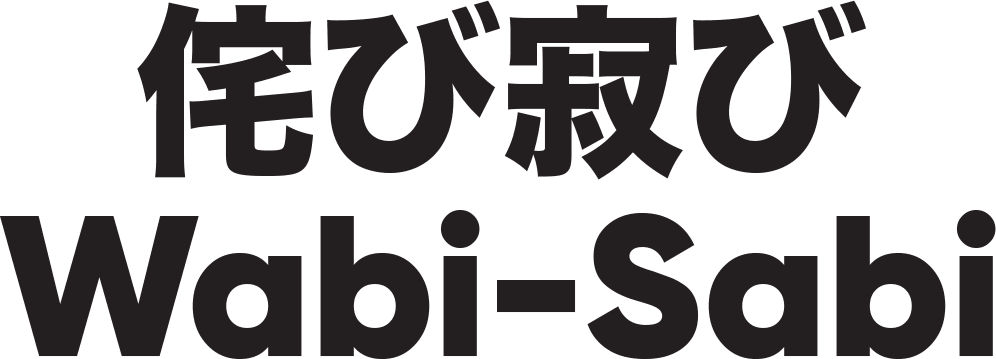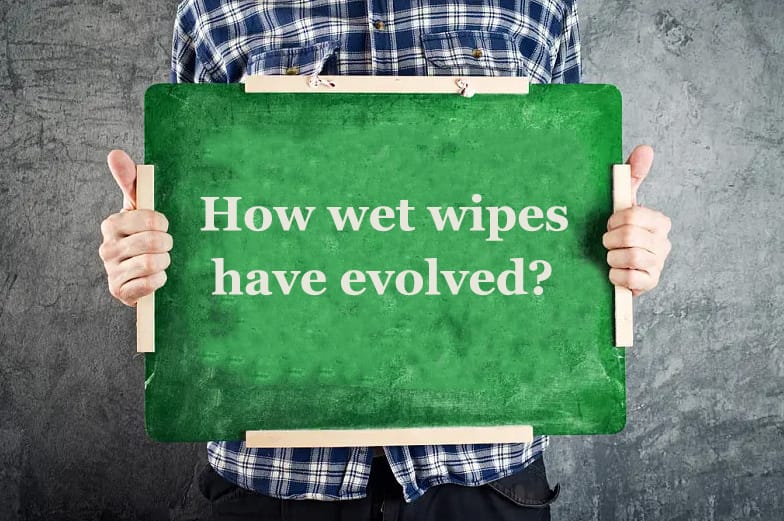In today’s world of modern parenting, baby wipes are an essential item. From diaper changes and sticky hands to on-the-go spills and impromptu cleanups, these moist towelettes are a must-have in every parent’s arsenal. But how did they become such a staple in baby care routines around the world?
This article takes a light, informative look at the fascinating history of baby wipes—from their humble beginnings to their evolution into the versatile product we rely on today.
The Early Days of Infant Hygiene
Before the advent of disposable baby wipes, parents relied on cloth and water to clean their infants. In the early 20th century, cloth diapers and homemade wipes were the norm. Cleaning up after a diaper change often involved warm water, soap, and reusable washcloths—an effective but time-consuming process that lacked convenience.
As more women entered the workforce and modern conveniences became popular, the demand for quick and sanitary hygiene products grew.
The Birth of Disposable Wipes in the 1950s and 1960s
The concept of pre-moistened wipes first emerged in the 1950s, driven by advances in nonwoven fabric technology and increased consumer interest in disposable products. These early versions weren’t specifically designed for babies—instead, they were general-use wipes used for hands and faces.
It wasn’t until the 1960s that the idea of wipes specifically for baby care started to take shape. A few innovators saw an opportunity to meet a growing need: providing parents with a sanitary, ready-to-use alternative to cloth and water.
1970s: Commercial Baby Wipes Hit the Market
The 1970s marked the commercial debut of baby wipes as a mass-market product. Brands like Kimberly-Clark and Procter & Gamble began launching disposable wipes under their baby care lines, and parents responded enthusiastically.
At the time, baby wipes were often sold in small tubs or boxes. They were a premium product—convenient, yes, but not yet considered essential. Over the next decade, improvements in wipe texture, packaging, and formulation helped bring down costs and increase adoption.
1980s and 1990s: Innovation and Widespread Adoption
As competition grew, baby wipe manufacturers began investing in research and development to differentiate their products. Innovations included:
- Improved fabric softness and durability
- Gentler cleansing solutions for sensitive baby skin
- Portable travel packs
By the 1990s, baby wipes had become a standard item on baby registries. They were widely available in supermarkets and drugstores, and parents began to view them as indispensable.
2000s: Diversification and Consumer Awareness
The 2000s brought even greater innovation as consumer expectations evolved. Parents were now looking for wipes that were not only effective but also safe, eco-friendly, and skin-sensitive.
New product lines emerged:
- Hypoallergenic and fragrance-free wipes
- Wipes made with natural or organic ingredients
- Eco-conscious and biodegradable options
Manufacturers responded by creating wipes that addressed allergies, dermatological concerns, and environmental impact. Brands began touting features like water-based formulations, recyclable packaging, and free-from ingredient lists.
Today: A Modern-Day Essential
In today’s baby care market, wipes are more than just a convenience—they’re a necessity. Most parents don’t leave the house without a pack in their diaper bag, car, or stroller. The range of available products has expanded to include wipes for:
- Diaper changes
- Hands and face
- Sensitive skin
- Household surfaces
- Travel and on-the-go use
Wabi-Sabi baby wipes are a modern reflection of this evolution. Formulated with over 99% purified water and designed for safety, comfort, and sustainability, they exemplify how far baby wipes have come.

